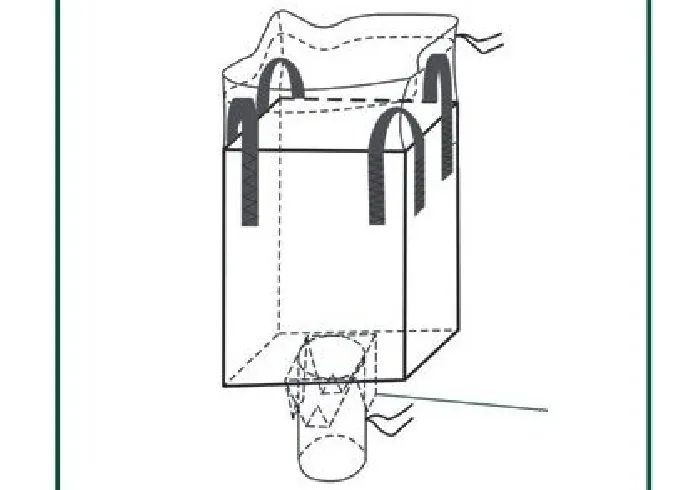Choosing the Best Sewing Machine for Fabric and Leather Projects
Choosing the Right Sewing Machine for Fabric and Leather
When it comes to sewing, the type of material being used can greatly influence the choice of sewing machine. For those who love to work with both fabric and leather, selecting the right sewing machine is essential to ensure quality results and ease of use. This article will guide you through the important factors to consider when choosing a sewing machine that is suitable for these two distinct materials.
Understanding the Differences
Fabric and leather are fundamentally different types of materials. Fabric is generally lighter and more forgiving, making it easier to sew and manipulate. It can range from cotton and denim to more delicate silks. On the other hand, leather is a dense, tough material that requires a more robust sewing machine. It can be challenging to sew because it can shift under the needle and typically requires a sturdier needle and specific sewing techniques.
Key Features to Look For
1. Stitch Types When working with different materials, versatility in stitch types is crucial. Look for a sewing machine that offers a variety of stitch options, including straight, zigzag, and decorative stitches. This will allow you to create different styles and finishes on both fabric and leather.
2. Needle Compatibility Sewing leather effectively requires the right needle. A sewing machine that is compatible with heavy-duty needles (like leather needles) will be essential for tackling leather projects. Make sure the sewing machine you choose can accommodate various needle sizes and types.
3. Presser Feet Different presser feet can make a significant difference in your sewing experience. For leather, a walking foot or a Teflon foot can help ensure smooth feeding of the material through the machine. Make sure that your chosen sewing machine comes with or has the option to purchase specialized presser feet for different materials.
sewing machine for fabric and leather

4. Motor Power A powerful motor is essential when sewing through thicker materials like leather. Machines with a strong motor can handle multiple layers without skipping stitches or stalling. Look for machines that are specifically designed for heavy fabrics and leather.
5. Feed System The feed system of the sewing machine plays a vital role in how well it handles different materials. A dual feed or walking foot feature can be particularly helpful when working with leather, as it ensures even feeding and prevents slipping.
6. Durability Since you will be working with tougher materials, durability is a key factor. Choose a sewing machine that is robust and built to last, ideally made from metal rather than plastic components.
Some Recommended Models
Several sewing machines are highly regarded for their capabilities to sew both fabric and leather effectively. Brands like Brother, Singer, and Janome offer models that cater to this need. For example, the Brother ST371HD is a heavy-duty machine known for its versatility and capability to handle thicker materials. The Singer 4423 is another excellent choice, with a powerful motor and various features that support sewing both fabrics and leather.
Conclusion
Choosing the right sewing machine for fabric and leather can significantly enhance your sewing experience and the quality of your projects. By focusing on essential features like stitch variety, needle compatibility, presser feet, motor power, and durability, you can find a machine that meets your specific needs. Whether you are a beginner or an experienced sewist, having the right equipment will allow you to create beautiful and professional-looking items from both fabric and leather. Take your time to research and select the sewing machine that’s perfect for your creative endeavors!
-
Boost Production Efficiency with a Pattern Sewing MachineNewsAug.29,2025
-
Industrial Excellence with the Best Heavy Duty Sewing MachineNewsAug.29,2025
-
Precision and Power with the Best Pattern Sewing MachineNewsAug.29,2025
-
Reliable Bulk Packaging Starts With the Right FIBC Sewing MachineNewsAug.29,2025
-
Advanced Packaging Solutions: Elevate Productivity with Jumbo Bag Sewing Machine and Industrial Stitching EquipmentNewsAug.29,2025
-
High-Performance Solutions for Bulk Packaging: FIBC Sewing Machine and MoreNewsAug.29,2025
-
Maximize Efficiency with an Industrial Cylinder Arm Sewing MachineNewsAug.28,2025


























